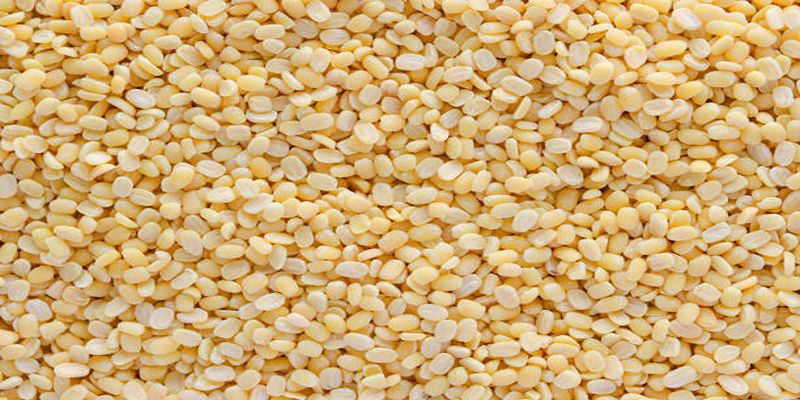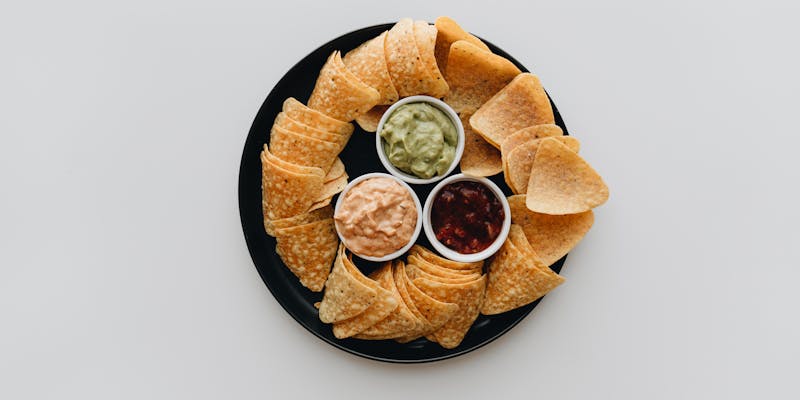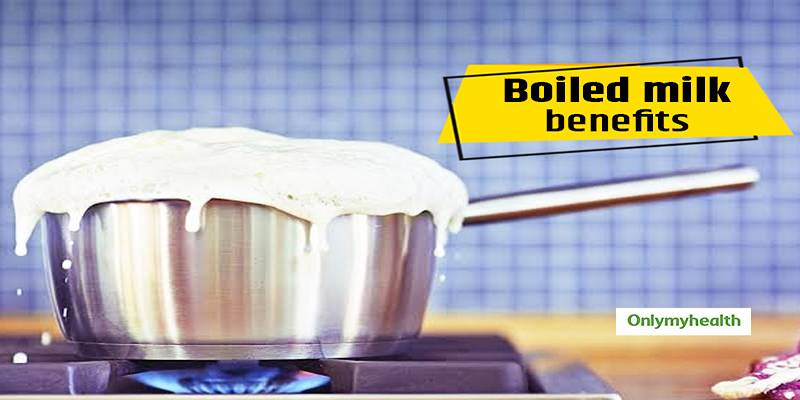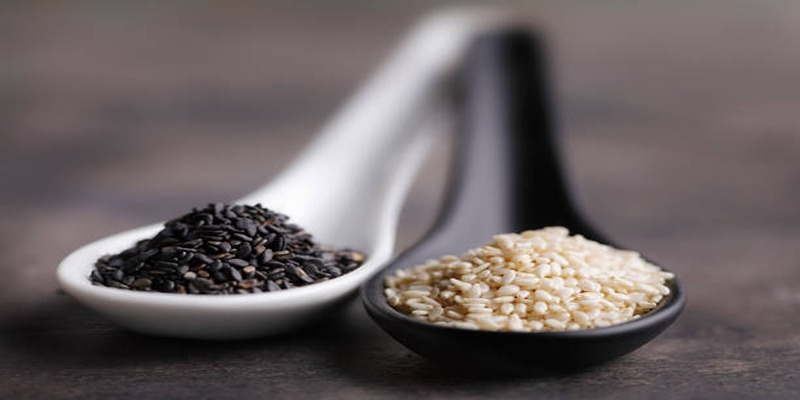Moong Dal Soup: A Quick, Healthy Recipe for Your Weight Loss Journey
Aug 24, 2024 By Celia Shatzman
Moong dal soup is not only a nourishing dish but also a delightful addition to any weight loss journey. Packed with protein, vitamins, and minerals, this soup is an excellent source of energy while being low in calories. The primary ingredient, moong dal, is a type of split green gram that is easily digestible and promotes sustained fullness. This makes it a perfect meal option for those looking to shed extra pounds without feeling deprived. Additionally, the soup can be customized with various spices and vegetables, enhancing both flavor and nutritional value. Whether enjoyed as a standalone meal or paired with a side of whole grain, moong dal soup serves as a wholesome, hearty choice that supports healthy eating habits and keeps your taste buds satisfied.
Overview of Moong Dal

Moong dal, also known as split yellow lentils, is a staple in Indian cuisine that is celebrated for its nutritional profile and versatility. This lentil is rich in protein, fiber, and essential vitamins and minerals, making it not only beneficial for weight loss, but also for overall health. One of the standout features of moong dal is its ease of digestion, which is particularly advantageous for individuals with sensitive stomachs.
It contains antioxidants that help combat oxidative stress, further contributing to a healthy lifestyle. Moong dal can be prepared in a variety of ways, ranging from soups and stews to stir-fries and salads, allowing for creativity in meal preparation while maintaining a healthy eating plan. Its subtle, earthy flavour pairs well with a wide array of spices and ingredients, making it a versatile choice in the kitchen.
Ingredients
To prepare a delicious moong dal soup, you will need the following ingredients:
- 1 cup moong dal (split yellow lentils)
- 4 cups water or vegetable broth
- 1 medium onion, chopped
- 2 cloves garlic, minced
- 1-inch piece of ginger, grated
- 1 medium tomato, chopped
- 1-2 green chilies, slit (optional for spice)
- 1 teaspoon cumin seeds
- teaspoon turmeric powder
- Salt to taste
- Fresh coriander leaves for garnish
- Lemon juice to taste (optional)
- Additional vegetables (carrots, spinach, or bell peppers) as desired
Preparation Steps
- Rinse the Moong Dal: Begin by thoroughly rinsing the moong dal under cold running water until the water runs clear. This helps remove any impurities and excess starch.
- Soak (Optional): For quicker cooking, soak the rinsed moong dal in water for about 30 minutes. This step is optional but can reduce cooking time.
- Saut Aromatics: In a large pot, heat a teaspoon of oil over medium heat. Add the cumin seeds and allow them to sizzle for a few seconds. Then, add the chopped onion, minced garlic, and grated ginger. Saut until the onions are translucent.
- Add Vegetables: Incorporate the chopped tomato and green chilies, if using. Cook for about 2-3 minutes until the tomatoes soften.
- Combine Dal and Liquid: Stir in the rinsed moong dal, turmeric powder, and salt. Pour in the water or vegetable broth and bring to a boil.
- Simmer: Once boiling, reduce the heat to low and cover the pot. Let the soup simmer for approximately 20-25 minutes, or until the moong dal is tender and fully cooked.
- Blend (Optional): For a smoother texture, you may use an immersion blender to blend the soup to your desired consistency.
- Finish with Garnish: Stir in any additional vegetables you prefer, cooking them until tender. Adjust seasoning if necessary. Serve hot, garnished with fresh coriander leaves and a squeeze of lemon juice if desired. Enjoy your healthy moong dal soup!
Tips for Ensuring the Best Flavor and Texture
- Quality of Ingredients: Always use fresh and high-quality ingredients. Fresh moong dal and vibrant vegetables will enhance the overall taste and nutritional value of your soup.
- Adjusting Consistency: If you prefer a thicker soup, use less liquid. Conversely, for a thinner texture, gradually add more water or broth while simmering.
- Season Gradually: Season your soup gradually as it cooks. Start with a little salt and adjust according to your taste preferences towards the end of the cooking process.
- Enhance with Spices: Experiment with spices such as garam masala, coriander powder, or a pinch of asafoetida (hing) to deepen the flavor profile. Adding spices during the sauting stage allows their aromas to develop fully.
- Cook Time: Ensure the moong dal is cooked thoroughly for the best texture. It should be tender yet slightly intact, providing a pleasant mouthfeel.
- Garnish Generously: Fresh coriander leaves add brightness and a burst of flavor. Additionally, a drizzle of lemon juice just before serving can elevate the taste with its zesty kick.
- Allow Flavors to Marinate: If time permits, let the soup rest for a few minutes before serving. This allows the flavors to meld together, creating a richer taste experience.
By following these tips, you can ensure your moong dal soup is both flavorful and texturally satisfying, making it a delightful addition to your meals.
Nutritional Benefits of Moong Dal Soup
- High in Protein: Moong dal is an excellent source of plant-based protein, making it a valuable addition for those looking to increase their protein intake without the added calories of animal products.
- Rich in Fiber: This soup is packed with dietary fiber, which aids in digestion, helps maintain bowel health, and promotes a feeling of fullness, contributing to weight management.
- Low in Calories: With its nutritious ingredients, moong dal soup is low in calories, making it an ideal option for weight loss while still providing essential energy.
- Antioxidant Properties: Moong dal contains antioxidants that combat oxidative stress in the body, supporting overall health and reducing the risk of chronic diseases.
- Vitamins and Minerals: The soup is rich in important vitamins and minerals, including folate, magnesium, and potassium, which are crucial for various bodily functions, such as heart health and bone strength.
- Supports Heart Health: The fiber and nutrient profile of moong dal can help lower cholesterol levels, thereby promoting cardiovascular health.
- Gluten-Free: Moong dal is naturally gluten-free, making it suitable for individuals with gluten sensitivities or celiac disease.
Serving Suggestions

Moong dal soup is a versatile dish that can be paired with various accompaniments to enhance your dining experience. Here are some delightful suggestions:
- Accompaniments: Serve the soup alongside warm, whole grain naan or steamed basmati rice for a heartier meal. These starchy sides complement the soup's flavors and make it more filling.
- Salads: A fresh cucumber and tomato salad drizzled with lemon juice can provide a refreshing contrast to the warm soup, balancing the meal with crisp textures.
- Yogurt: A dollop of plain yogurt on top of the soup adds creaminess and a tangy flavour, making it a perfect contrast to the earthy taste of moong dal.
- Chutneys: Serve with mint or cilantro chutney on the side to introduce a burst of freshness, adding an extra layer of flavour.
- Garnishes: Dont hesitate to garnish with additional toppings, such as crispy fried onions, a sprinkle of red chili powder, or chopped green chilies, to give your soup that extra flair.
With these serving suggestions, you can elevate your moong dal soup experience, making it not just a meal but a delightful feast.
Conclusion
Moong dal soup is more than just a nutritious meal; it embodies the essence of comfort food while offering a myriad of health benefits. Its rich flavour and versatile nature make it an excellent choice for any table, appealing to both the palate and the body. Whether enjoyed on its own or paired with various accompaniments, this soup promises not only to satisfy hunger but also to nourish you. By incorporating moong dal soup into your diet, you embrace a wholesome, plant-based option that can contribute positively to your overall health and well-being.
How Partnerships Are Strengthening Health Promotion Initiatives in Schools

Maximize Your Efforts: 6 Common Workout Mistakes You Should Avoid

Is it Healthy to Eat Tortilla Chips? Calories and Nutrition

Revolutionize Your Fitness Journey with 5-Minute Workouts

Essential Ball Exercises for Beginners: Boost Balance and Core

Exploring Health Benefits of Boiling Water

The Physiological Effects of Sugar Addiction and 7 Ways to Cut Sugar


